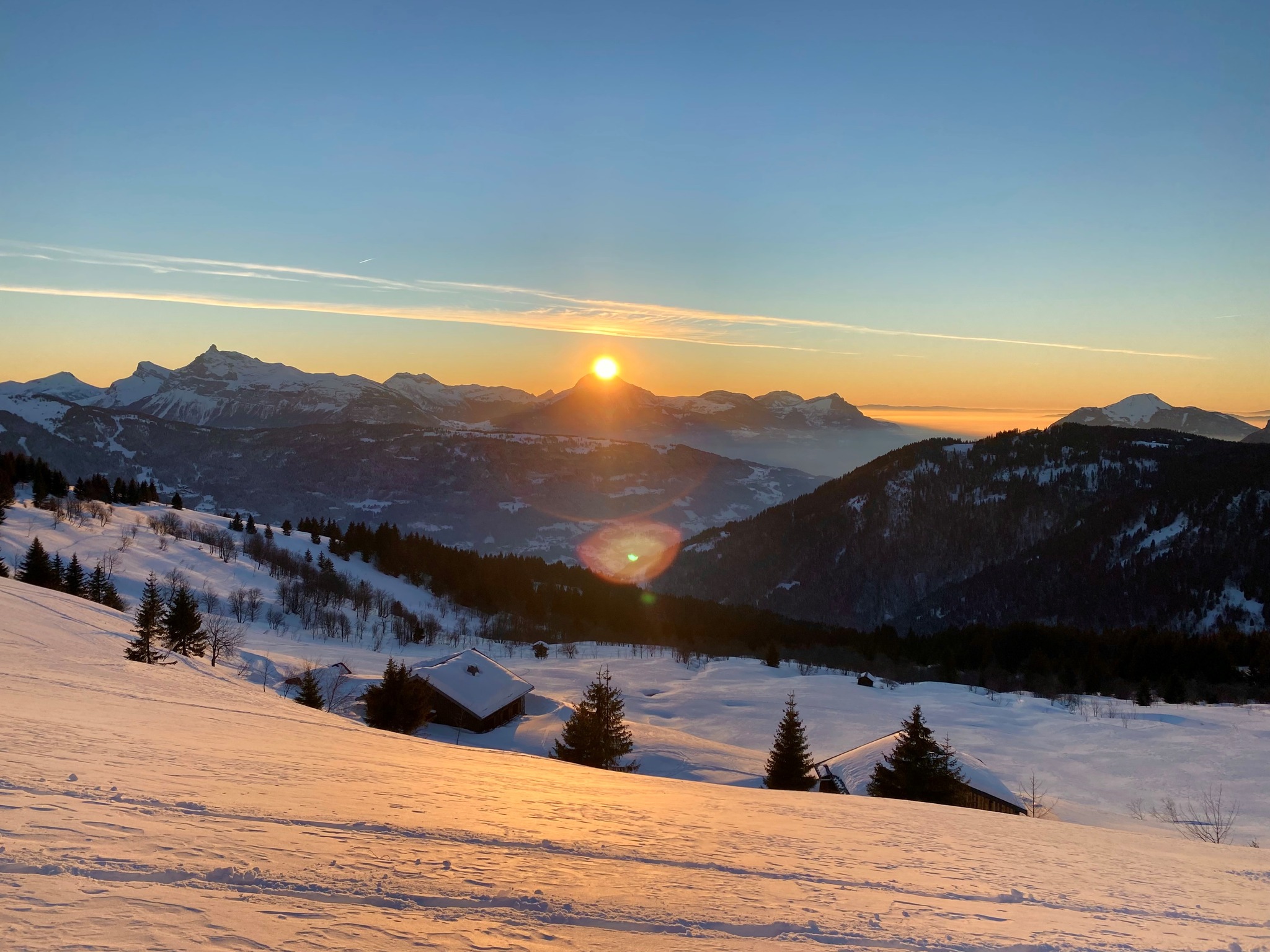
By Barbara Allan
*A small disclaimer before I go on. I am not an historian! I love the French Alps, especially Samoëns and the Grand Massif and what follows is based in research. But please, forgive me any discrepancies. That said, let’s begin…
Skiing was invented in France. Seriously. There is archaeological evidence to support it. Yep, a cave drawing in central France suggests hunters from some 22,000 years ago chased down reindeer on snowshoes and skis. Way to go Cro-Magnon-Frenchman! *if you don’t believe me, check out Roland Huntford’s ‘Two Planks and a Passion: The Dramatic History of Skiing’.
Downhill skis were invented in France. Seriously. Ok, credit must be paid to Norway, who I also admit lays strong claim to the invention of skiing (Cro-Magnon-Norseman also skied). BUT, it was an adaptation of Nordic skis by Frenchman Henri Duhamel in 1878 that revolutionised downhill skiing. This is also why skiing of the downhill variety is called ‘alpine skiing’, because it originated right here in the Alps.
Parallel turns are another French invention. Émile Allais claims this fame, his style becoming popular after his and the French teams’ victories at the 1937/38 World Championships. Émile also played an important role in the development of the Grand Massif, working as a technical consultant during Flaine’s construction in the 1960s. Flaine’s basic resort structure and major pistes are based on his designs.
The first Winter Olympics was held in France. The first ever Winter Olympics was held just down the road in Chamonix in 1924. This was more than a decade after Samoëns hosted its first international winter-sports event. In fact, Samoëns earned its status as a ‘Station de Montagne’ in 1912, although skiing in the area began many years before.
Samoëns and the history of skiing: 100+ years of winter tourism.
Winter tourism has existed in Samoëns since the late 1800s, when only Geneva’s richest travelled the 7 long hours to access Samoëns’ snowy surrounds. Yep, SEVEN hours!
The real tourism boom came in 1893, with the inauguration of a steam railway and much-loved ‘le tacot’ train. The line, which linked Annemasse to Samoëns and Sixt and is still visible in parts of Samoëns’ riverside forests, was finally electrified in 1932, reducing the already improved 3-hour journey to a mere 1.5 hours. That’s almost as quick as a Go Massif transfer today! Of course, once in resort the experience was nothing like it is today.
Before lifts existed, skiing holidays involved spending half the day climbing up the mountain to spend half an hour skiing down. An easier option was skiing the Jaysïnia botanical gardens, but even this involved a heart-pumping hike. That is until the installation of a drag-lift behind the Mayor’s office in 1973. Yep, Samoëns had a drag-lift in the centre of town! ‘Le Téléski du Chateau’ was relocated in 1979 to Samoëns’ north-facing slopes, that is, the main ski area we enjoy today. But, I’m getting ahead of myself.
By 1924, winter tourism in Samoëns was in full swing, including several hotels, many of which still welcome visitors today. However, it would take more than another decade to see any major piste developments, including construction of lifts. Les Carroz has the honour of being the first Grand Massif resort to obtain a lift. Opened on 29 January 1939, Carroz’s drag-lift was the longest in France (1600m), and was built locally by Carpano and Pons of Cluses. (Their factory still exists today and houses a fascinating clock museum, which is well worth a visit).
Between 1935-37 Samoëns did pursue and had approved its first major lift project: a link between Vercland and Les Saix (Samoëns 1600). Yep, right where our famed ‘Red Eggs’ are today. Sadly, hopes of the original development ended when World War II broke out, but the project was eventually realised in 1950-51. Construction of the then ‘yoghurt-pot’ lift ‘Le Télébenne’ coincided with that of Samoëns’ first mountain top restaurant. It was the start of ‘Les 30 Glorieuses’ - the Glorious 30!
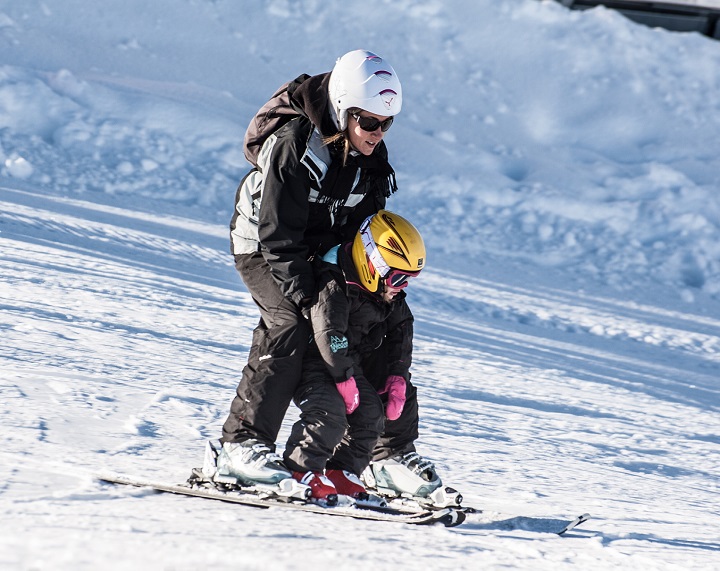
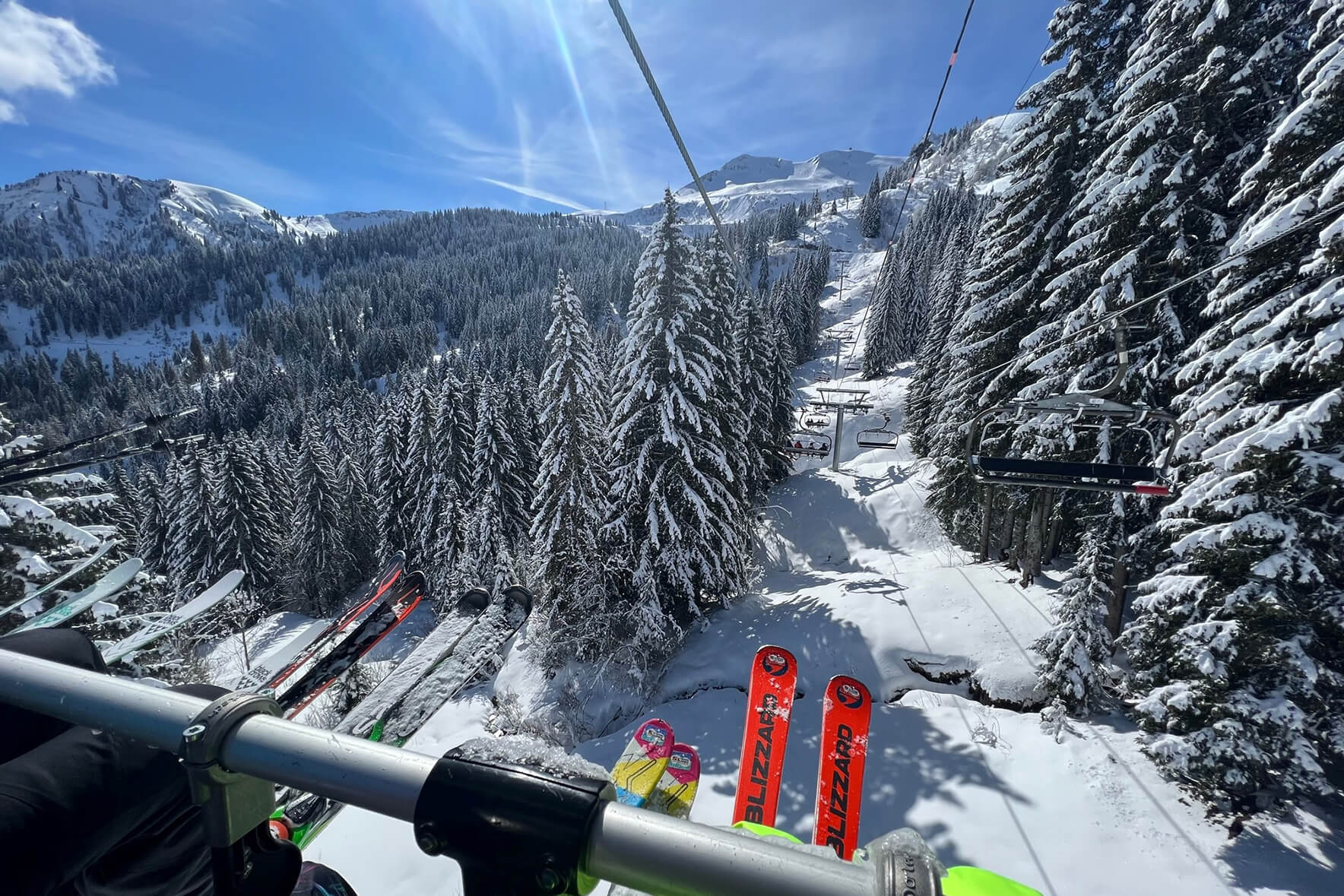
Samoëns’ Golden Age of Skiing
1950-1980 saw Samoëns and the Grand Massif really start to take shape and resemble what it is today. Samoëns’ 1950-51 construction of ‘Le Télébenne’ was followed very soon after by the addition of lift systems to Sixt and Morillon. Flaine was quite late to the game, gaining its first major lift, the DMC, in 1967.
1960s Samoëns comprised 5 drag-lifts, 20 hotels, 2 mountain restaurants, a ski club and ski school (ESF). There was also an already well-established meeting place and après-ski hangout. It’s undergone some changes, but ‘La Reposette’ remains a favourite to locals and tourists alike and is still frequented by Samoëns’ ski instructors.
The 1970s saw the addition of new lifts as well as major upgrades. The ‘yoghurt pots’ were finally replaced in 1973-74 by the ‘Red Eggs’, providing skiers a previously unknown comfort in enclosed surrounds. Another important moment occurred in 1975-76, with the opening of a link between Samoëns and Flaine. Conquering the Combe de Vernant involved a chairlift up and ski down from Samoëns, then thigh-burning drag-lift up the opposite side of the mountain. Morillon and Carroz were next to be linked, with all five resorts finally joined in 1980. The Grand Massif was officially born!
The 1980s was all about continued focus on upgrades and expansion. Higher performance lifts were installed, and major re-shaping of pistes began. It was also when Samoëns’ first on-mountain accommodation appeared. By 1986, inter-village transport was also made available to the many tourists now flocking to the valley.
The 1990s was comparatively slow in terms of mountain development, focus instead turning to other infrastructure: snow-making, signage, better roads, and carparks. The 1990s also brought about a major management change, with ‘La Compagnie des Alpes’ taking charge of Flaine, Samoëns, Morillon and Sixt in 1997.
One of their first, and perhaps biggest undertakings, was the construction in 2003 of the Grand Massif Express. It took more than a century, but the vast ski area was now directly accessible from Samoëns village. And all that’s followed since, including the arrival of Europe’s biggest high-speed chairlift for 2017/18, has seemed a natural evolution in the history of the Grand Massif.
It’s a history that is long and rich, but one worth being told. I know I certainly derive more enjoyment out of skiing here now I know something about its past. If you’re interested in knowing more about our fascinating history, I highly recommend you read Alain Lachaud’s 100ans de Ski a Samoëns. You might even find a copy in one of our many beautiful alpine chalets and apartments!
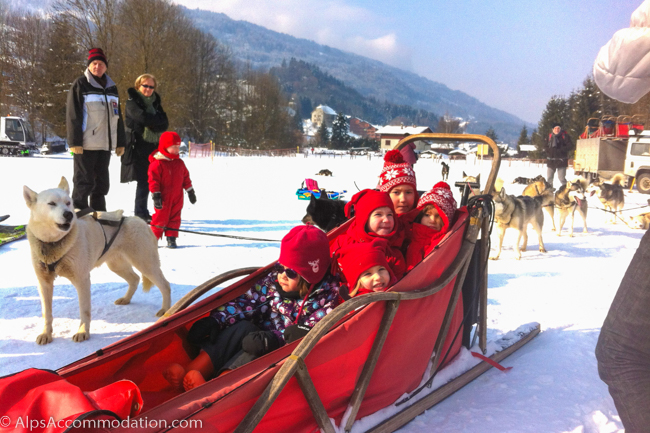
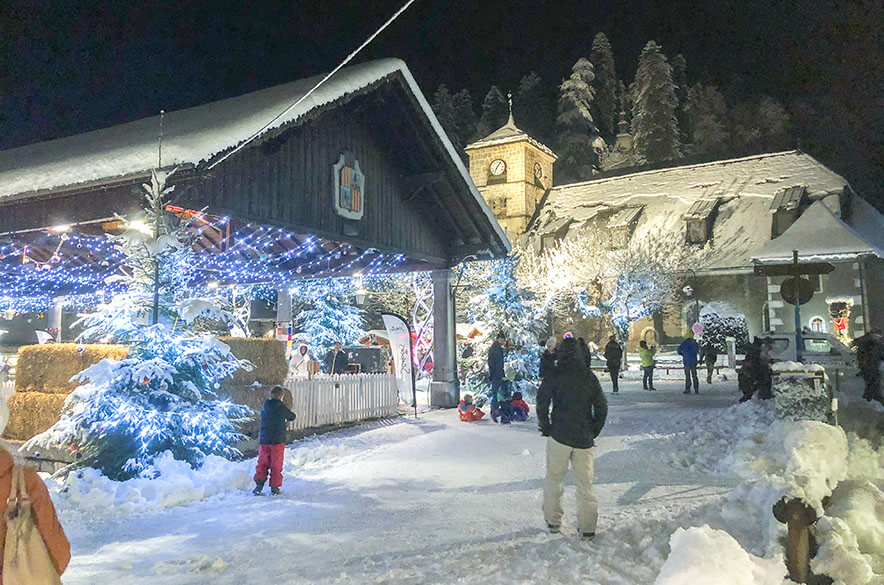
Vercland telecabine - The hamlet of Vercland, Samoens is getting a brand new telecabine! The new vercland ski lift will offer a quick and efficient link into the Grand Massif ski area.
Here's our guide to a cheaper ski holiday in Samoens and the Grand Massif. If you normally ski in the big name resorts such as Courchevel or Val d'Isere, you could save significantly in the Grand Massif, and have just as much fun!
What do I need to pack for a ski holiday?? Take the stress out of packing for your next ski holiday in Samoens and the Grand Massif by following our packing list!
Alps Accommodation were recently invited along on an excellent morning exploring the numerous works carried out in Samoens, Morillon and the Grand Massif, including the fantastic new Coulouvrier chairlift in the Combe de Coulouvrier, and dramatic changes to the Tete des Saix summit.
Discover all the new developments in the Grand Massif ski area, including Samoëns, Morillon, Les Carroz and Flaine